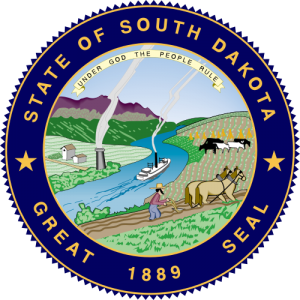 South Dakota Population 2013
South Dakota Population 2013
The United States Census Bureau estimates that the population of South Dakota in 2013 was 833,354, which is ranked the 46th largest population in the United States. This estimate shows a 2.4% increase since the last census in 2010, also conducted by the United States Census Bureau. The population density of the state is 10.9 people per square mile, ranked 46th largest density in the United States.
South Dakota Population Projections
The population of South Dakota has been increasing at a rate much higher than the rest of the United States. All projections and predictions for the future population of the state are no longer valid due to the unexpected increase in the population.
South Dakota Land Mass
The state of South Dakota is approximately 380 miles long and 210 miles wide with a square area of 77,121 square miles, making it the 17th largest state in the Untied States. Of the 77,121 square miles, only 1,224 square miles are covered by water. The highest point in the state of South Dakota is Harney Peak, which is 7,242 feet above sea level. The lowest point in the state is at Big Stone Lake, which reaches 966 feet above sea level. The geographic center of South Dakota is located in Hughes County, 8 miles northeast of Pierre. South Dakota is bordered by six states: North Dakota, Minnesota, Iowa, Nebraska, Wyoming, and Montana.
South Dakota can be broken up into four distinct geographic land areas: the Drift Prairie, the Dissected Till Plains, the Great Plains, and the Black Hills. The Drift Prairie covers the majority of the eastern portion of the state. It has many low hills and glacial lakes. The Dissected Till Plains are in the southeastern corner of the state. This area has many rolling hills that intertwine with streams. The Great Plains covers most of the western two-thirds of the state. This area has many hills, canyons, buttes, and plains. It is also home to the Badlands and the Badlands National Park. Lastly, the Black Hills is in the southwestern portion of the state. This area has many mountains and it also has the highest point in the state. The Black Hills is the part of the state full of rich minerals, especially gold. Mt. Rushmore can be found in the Black Hills.
South Dakota Demographics
Of the approximate 0.917 million people in the state of South Dakota, about 49.8% of the population is female, while 50.2% is male. Also, approximately 86% of the population identifies as white (including Hispanic or Latino). But, out of that 86%, only about 3% do identify as Hispanic or Latino and the other 83% as Caucasian. Those that identify as Black or African American make up 2% of the entire population of the state of South Dakota. The American Indian and Alaskan Native populations make up approximately 9% of the entire population of the state. The rest of the population is made up of those that identify as Asian, Native Hawaiian, other Pacific Islanders, or those that identify as two or more races. These other races make up only about 3% of the South Dakota population.
South Dakota Religion
The population of South Dakota identifies as religious at a higher rate than the national average. About 59% of the state population identifies as religious, compared to the national average of 49%. Out of the 59%, about 20% identify as members of the Lutheran Church, making it the largest denomination in South Dakota. The next largest denomination in the state is Catholic at about 18% of the population. All the other Christian denominations make up about 20.8% of the population. Those who identify as Jewish, Islamic, or as an Eastern religion only make up 0.2% of the population.
An American Journey in South Dakota
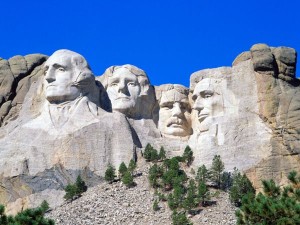 South Dakota Mount Rushmore
South Dakota Mount Rushmore
Mount Rushmore, the President’s Mountain, is located in the Black Hills of South Dakota. Mt. Rushmore stands as a shrine of democracy, a monument and memorial to this country’s birth, growth and ideals. Mount Rushmore symbolizes the greatness of this nation through the greatness of its leaders. The epic sculpture of Mount Rushmore depicts the faces of four exalted American presidents that symbolize this nation’s rich history, rugged determination and lasting achievements. The four faces on Mount Rushmore from left to right as you face it are:
- George Washington
- Thomas Jefferson
- Theodore Roosevelt
- Abraham Lincoln
South Dakota Economy
The unemployment rate in the state of South Dakota is 4%, which is consistently lower than the previous unemployment rates in the state. This is compared to the national average of 7.6% unemployment. The ethanol industry is a very large part of the economy of the state and of the country. It contributed $3.8 billion to the economy in 2012. The most important minerals mined in the state are petroleum granite, and limestone. South Dakota also accounts for 4% of the country’s cattle production.
Other Resources
If you would like to learn more about South Dakota click here.
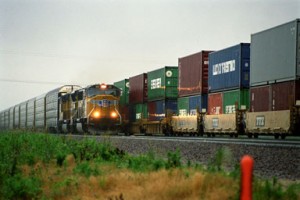 Kansas Economy
Kansas Economy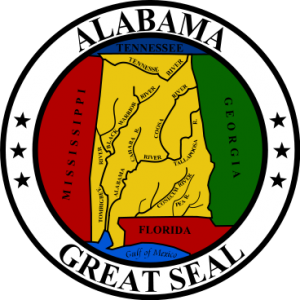 Alabama Population 2013
Alabama Population 2013 Alabama Sports
Alabama Sports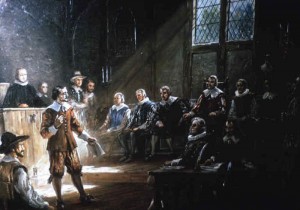 Virginia Religion
Virginia Religion Maine Population 2013
Maine Population 2013 Maine Economy
Maine Economy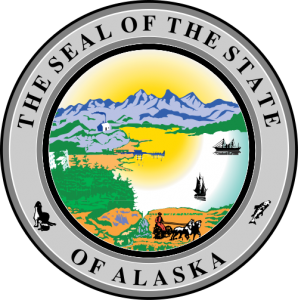 Alaska Population 2013
Alaska Population 2013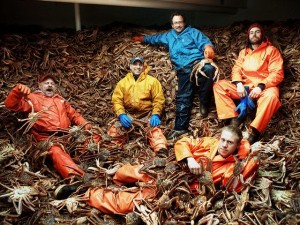 Alaska Economy
Alaska Economy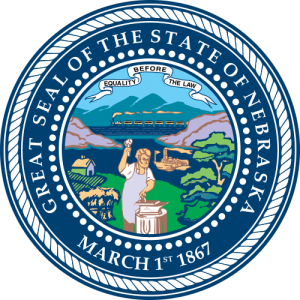 Nebraska Population 2013
Nebraska Population 2013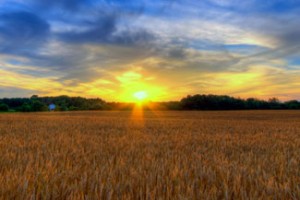 Nebraska Economy
Nebraska Economy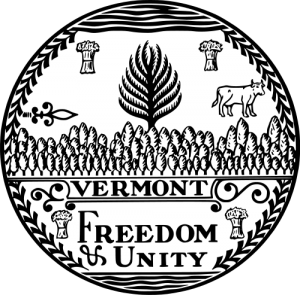 Vermont Population 2013
Vermont Population 2013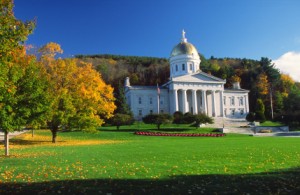 Vermont Economy
Vermont Economy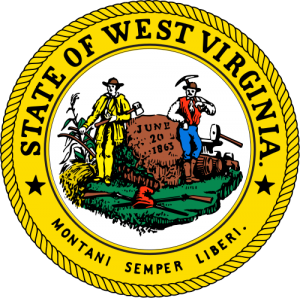 West Virginia Population 2013
West Virginia Population 2013 Music in West Virginia
Music in West Virginia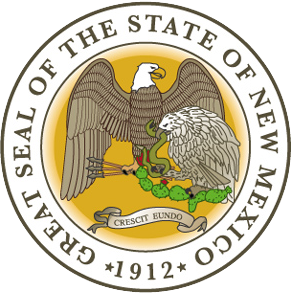 New Mexico Population 2013
New Mexico Population 2013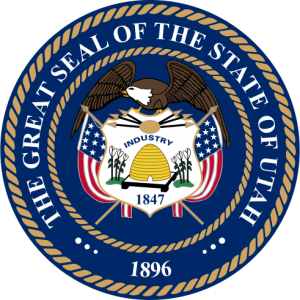 Utah Population 2013
Utah Population 2013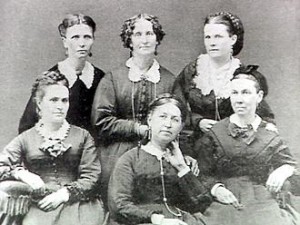
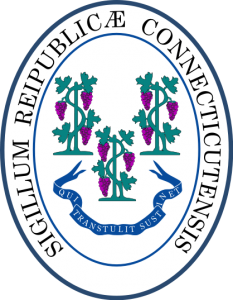 Connecticut Population 2013
Connecticut Population 2013 Connecticut Nationalities
Connecticut Nationalities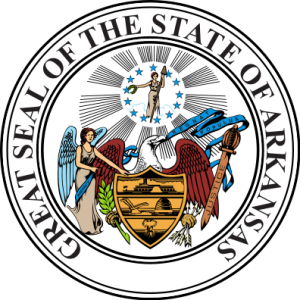 Arkansas Population 2013
Arkansas Population 2013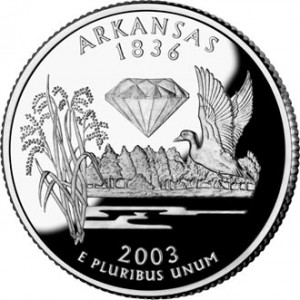 Arkansas Demographics
Arkansas Demographics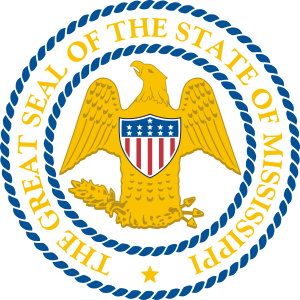 Mississippi Population 2013
Mississippi Population 2013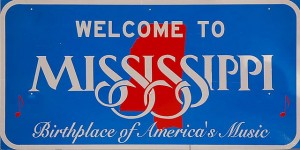 Music in the State of Mississippi
Music in the State of Mississippi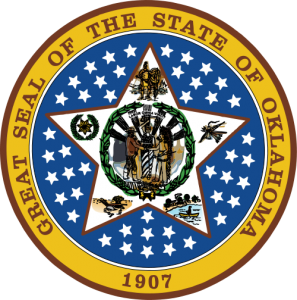 Oklahoma Population 2013
Oklahoma Population 2013 Louisiana Population 2013
Louisiana Population 2013 Louisiana Culture
Louisiana Culture Louisiana Sports Teams
Louisiana Sports Teams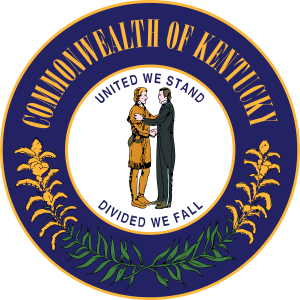 Kentucky Population 2013
Kentucky Population 2013 Oregon Population 2013
Oregon Population 2013 Oregon Hazelnut Industry
Oregon Hazelnut Industry